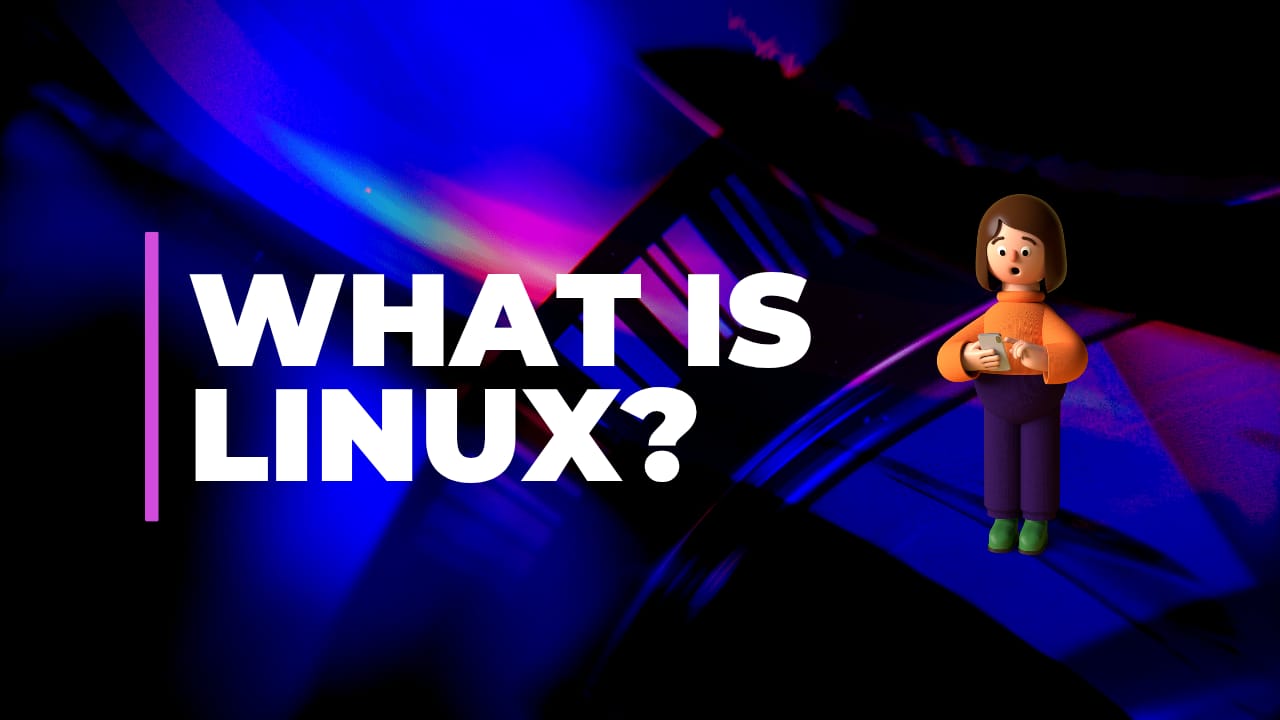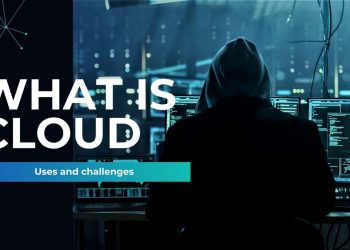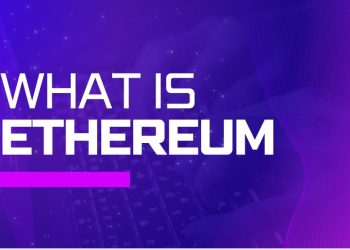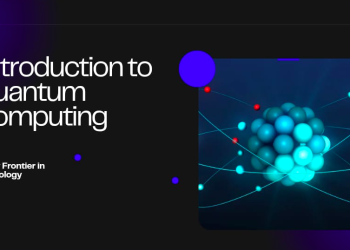Linux: The Powerful Open-Source Operating System
Introduction
It is one of the most widely used open-source operating systems in the world, powering everything from personal computers to servers, smartphones (Android), supercomputers, and embedded devices. Unlike proprietary systems like Windows or macOS, it is freely available, highly customizable, and backed by a strong global community of developers.
In this article, we will explore:
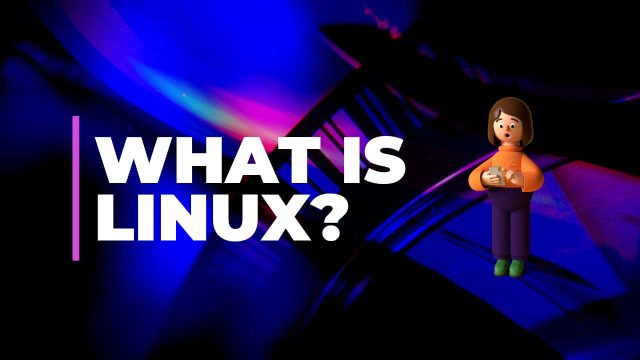
For More Information -> LINK
1. What is Linux?
It is an open-source, Unix-like operating system based on the GNU kernel, which was created by Linus Torvalds in 1991. Unlike Windows or macOS, it is not a single OS but a family of distributions (distros) that bundle the this kernel with software packages, desktop environments, and tools.
Key Features of It:
✅ Free & Open-Source – Anyone can use, modify, and distribute this OS.
✅ Highly Secure – Less prone to malware compared to Windows.
✅ Customizable – Users can choose different desktop environments (GNOME, KDE, etc.).
✅ Stable & Reliable – Used in servers that run for years without crashing.
✅ Supports Multiple Users – Ideal for enterprise environments.
2. How It Was Made
Here’s how it came into existence:
The Birth of the Kernel
- 1991: Linus Torvalds, a Finnish student, started developing it as a hobby project.
- He wanted a free operating system similar to Unix but without licensing restrictions.
- On August 25, 1991, he announced his project in a Usenet post:
- Version first of this was released in 1991.
GNU & Linux Collaboration
- The GNU Project (by Richard Stallman) had already created free software tools but lacked a kernel.
- It combined with GNU software (like GCC, Bash) to form a complete OS: GNU/Linux.
3. History of It
It has evolved significantly since its creation. Here’s a timeline of major milestones:
| Year | Event |
|---|---|
| 1991 | Linus Torvalds releases Linux 0.01. |
| 1992 | It becomes open-source under the GPL license. |
| 1993 | Debian, one of the oldest distros, is released. |
| 1994 | Red Hat Linux is founded, later becoming a major enterprise OS. |
| 1996 | KDE (desktop environment) is introduced. |
| 2004 | Ubuntu is launched, making this user-friendly. |
| 2007 | Android (based on kernel) is released. |
| 2015 | Microsoft adopts it for Azure cloud services. |
| 2020s | It dominates cloud computing, servers, and IoT. |
4. Current Versions of This OS
It comes in many distributions (distros), each tailored for different needs. Here are some popular ones:
A. For Beginners
- Ubuntu – User-friendly, great for newcomers.
- Zorin OS – Designed for Windows/macOS switchers.
B. For Developers & Advanced Users
- Debian – Stable, used as a base for many distros.
- Arch – Lightweight, highly customizable.
C. For Servers & Enterprises
- Red Hat Enterprise Linux (RHEL) – Paid, enterprise-grade support.
- CentOS – Free RHEL alternative (now CentOS Stream).
- SUSE Linux Enterprise – Popular in Europe.
D. For Security & Privacy
- Kali – Used for penetration testing.
- Tails OS – Highly focused on privacy.
E. Lightweight Distros
- Lubuntu – Uses minimal system resources.
5. Why It is Popular?
✔ Free & No Licensing Costs
- No need to pay for the OS or updates.
✔ Highly Secure
- Fewer viruses due to strict permission controls.
✔ Runs on Any Hardware
- From supercomputers to Raspberry Pi.
✔ Strong Community Support
- Forums, wikis, and developers help solve issues quickly.
✔ Preferred for Servers & Cloud
- 90% of cloud infrastructure runs on Linux.
6. GNU vs. Other Operating Systems
| Feature | Linux | Windows | macOS |
|---|---|---|---|
| Cost | Free | Paid | Paid (Apple hardware only) |
| Customization | Highly customizable | Limited | Limited |
| Security | Very secure | Vulnerable to viruses | Secure but closed-source |
| Software | Open-source alternatives | Wide commercial software | Premium apps only |
| Gaming | Improving (Proton/Steam) | Best support | Limited |
7. Future of This
- Growth in Cloud Computing (AWS, Google Cloud, Azure rely on Linux).
- Expansion in IoT & Embedded Systems (Smart devices, cars).
- More User-Friendly Distros (Better for non-tech users).
Conclusion
Linux has come a long way from a student’s hobby project to the backbone of modern computing. Its open-source nature, security, and flexibility make it the preferred choice for developers, enterprises, and tech enthusiasts. Whether you’re a beginner or an expert, there’s a Linux distribution for everyone.
Ready to Try Linux?
- Download Ubuntu (https://ubuntu.com)
- Explore Linux Mint (https://linuxmint.com)
- Experiment with Fedora (https://getfedora.org)


